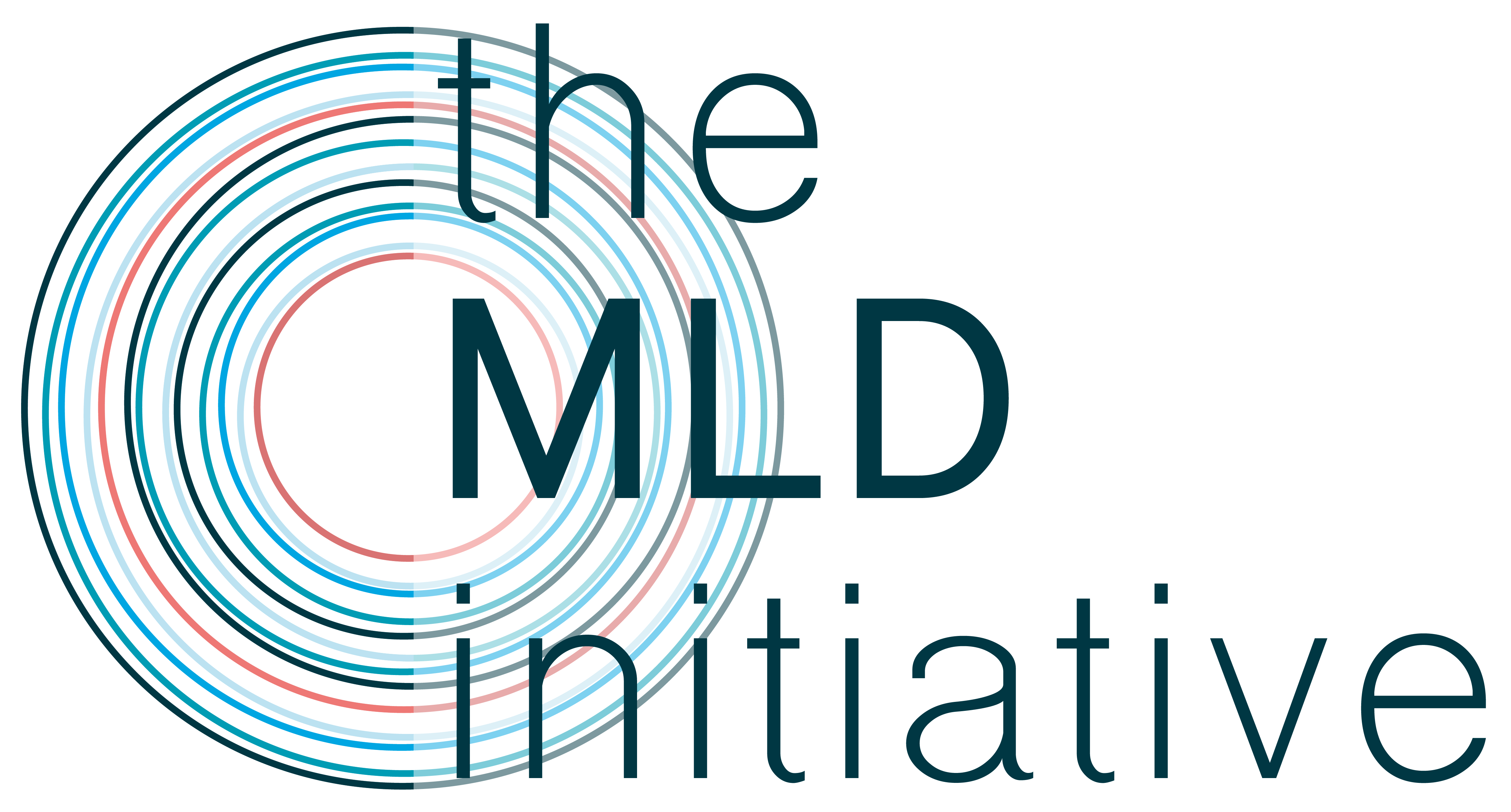
Metachromatic leukodystrophy is a rare disease. The estimated incidence is 1 in 40,000 births. It is one of the most common leukodystrophies. The disease occurs worldwide and can affect all population groups.
Rare diseases in general
In the European Union, a disease that affects fewer than 5 people in 10,000 is considered rare. Around 7% of Europeans suffer from a rare disease, which means that circa 30 million people in Europe are affected. In total, there are approximately 7,000 distinct rare diseases.
Orphan drugs
No targeted therapy is available for most (>90%) of the rare diseases. Developing treatments for rare diseases is difficult and expensive. The complexity of the diseases, the time-consuming research, and the small sales market go along with a probable lack of profit motive to attract industries/researchers willing to develop drugs. To encourage the development of new drugs for rare diseases, the Orphan Drug Designation was introduced by the European Medicines Agency (EMA). This is a granting status that can be given to a drug or biological product that is used for the treatment of a rare disease by the EMA’s Committee for Orphan Medicinal Products (COMP). The Orphan Drug Designation gives the marketing authorisation holder (extended) market exclusivity rights.
Post-marketing studies
Besides that, new drugs for seriously debilitating or life-threatening diseases, including orphan drugs, need less comprehensive pharmaceutical and non-clinical data before acceptance of the drug. In order to speed up the last research phase. Then a so-called conditional approval or conditional approval under exceptional circumstances can be given. This means that a few additional requirements after the authorisation of the drug apply. So, post-marketing studies need to be done, and often a disease registry to monitor all the patients is needed. In general, this is done by the marketing authorisation holder (often the industry). But different industry-led registries that all monitor one specific orphan drug leads to fragmentation of data.
Academia-led registry
From a patient/disease perspective, a single disease-specific patient registry is preferred. All the data needed to improve the management of the disease (including post-marketing evaluation, natural history studies, genotype-phenotype correlations, etcetera) is collected in one multi-purpose database. The MLD initiative facilitates the needed infrastructure for such a database.
